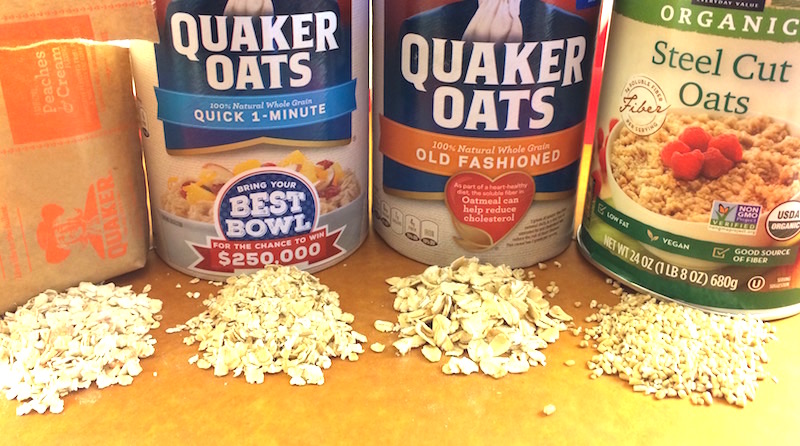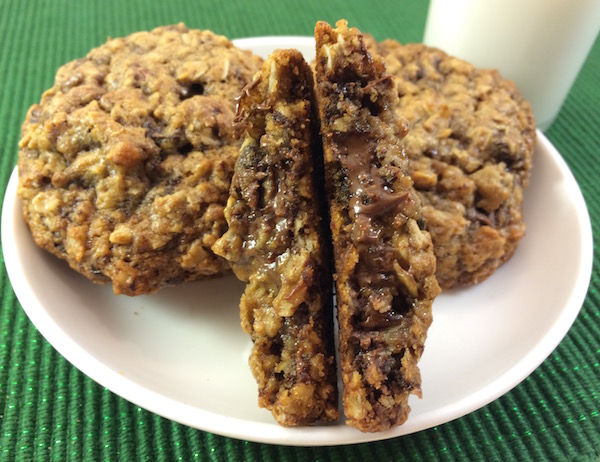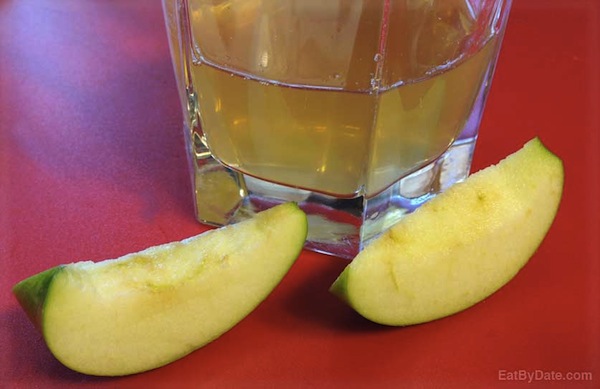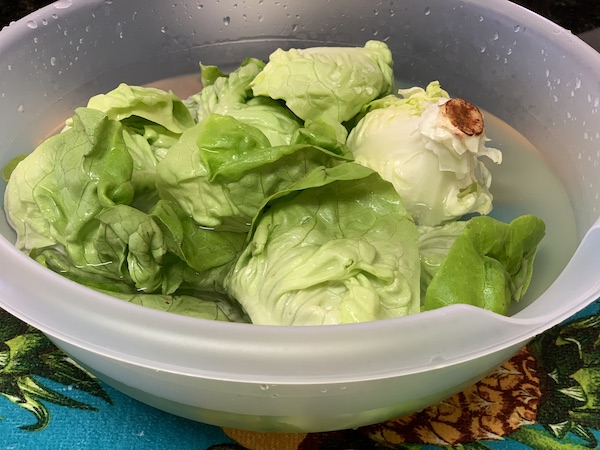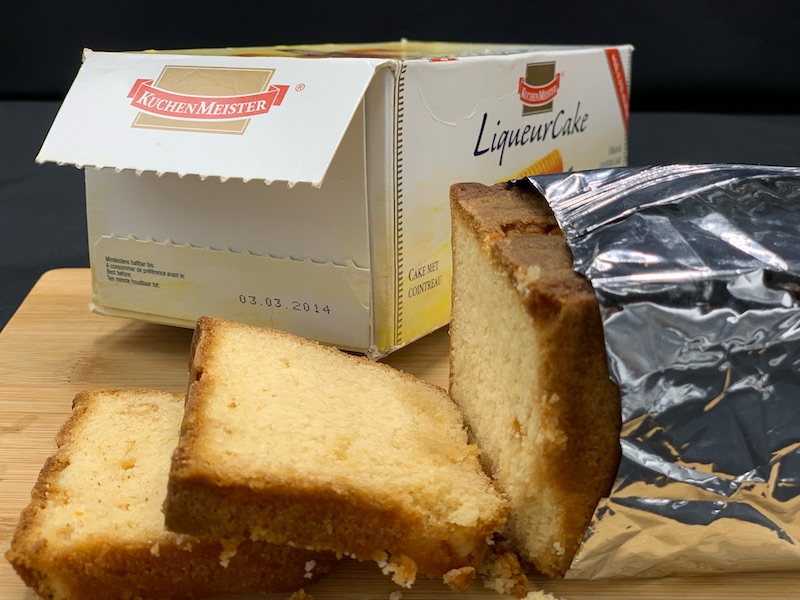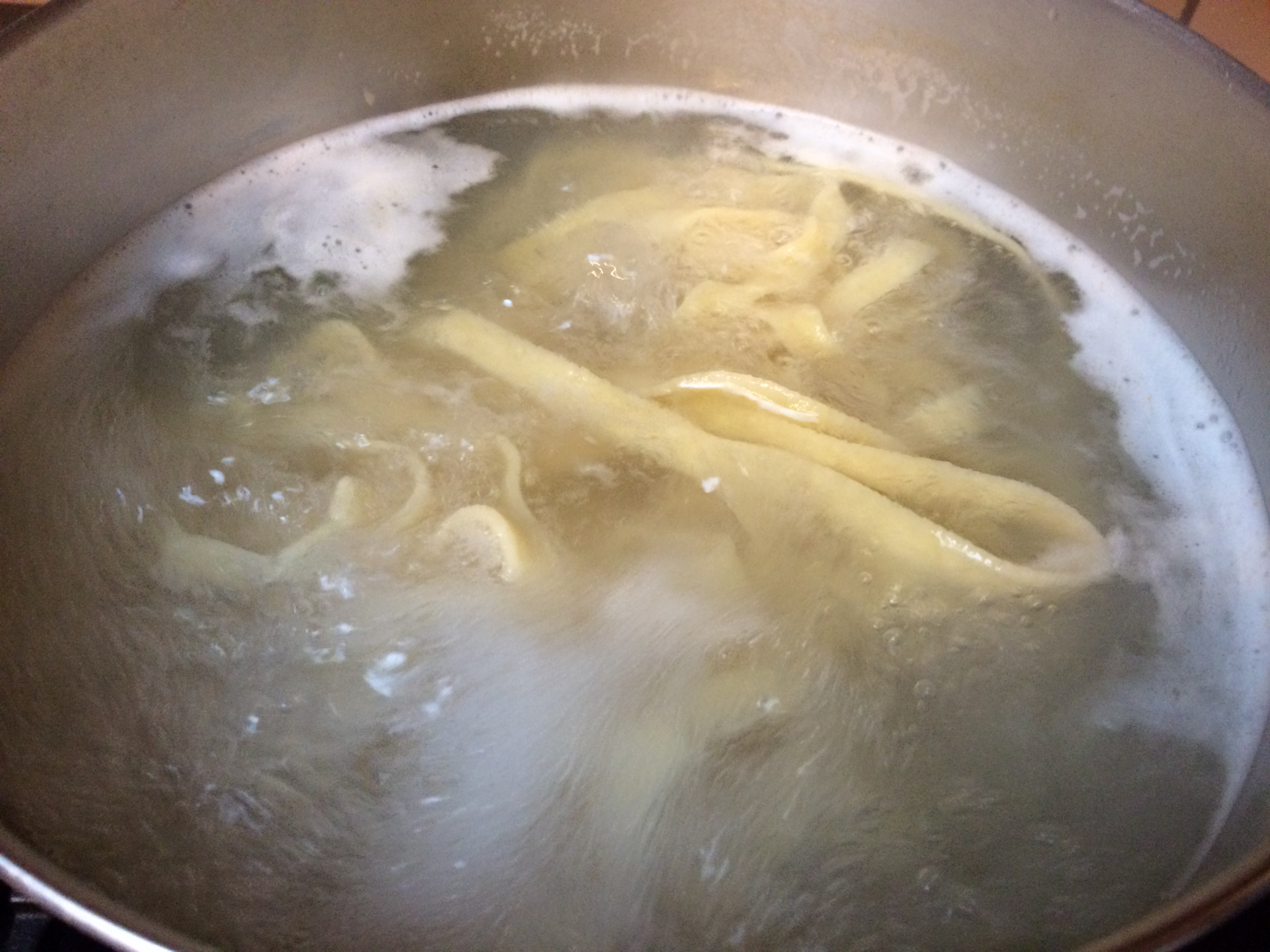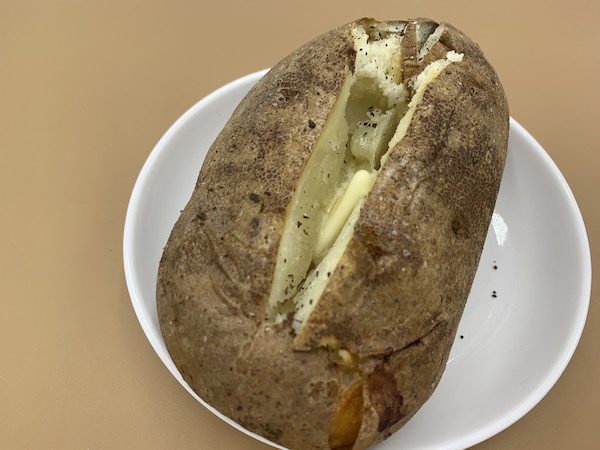- 18shares
- 16
Salted vs Unsalted Butter
Salt is added to butter as a preservative. But, the amount of salt that is added varies greatly from one dairy to another. There is no standard as to the amount of salt that is added to make salted butter. Furthermore, butter packaging does not indicate how much salt was added to the butter. Therefore, using salted butter makes it impossible to measure just how much salt is actually added to your recipe.
Keep in mind that salt is a preservative, which makes unsalted butter preservative fee and thus gives unsalted butter a shorter shelf life than salted butter. Therefore, unsalted butter does not sit on the grocery shelf as long as salted butter making it generally fresher when purchased.
Background Info
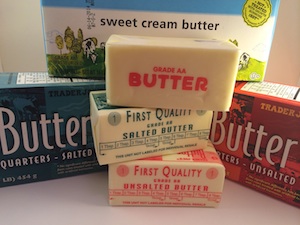
Salted vs Unsalted Butter
| Preferred | |
|---|---|
| Condiment Butter | Salted |
| Baking Butter | Unsalted |
| Cooking Butter | Salted or Unsalted |
| Substitution | Add about 1/4 tsp salt to 1/2 Cup of Unsalted butter to make Salted butter |
For baking, where salt is essential to many chemical reactions which must occur in the process, too much salt can prove disastrous to your final result with no turning back once the process is complete. Therefore, unsalted butter is usually the default butter of choice in baking so that the chef is in total control as to the freshness, taste and salt content in their resulting baked goods. If your baked good recipe just calls for salt, you can generally assume that it means unsalted butter. See the note below for more information.
For cooking, salted vs unsalted butter is not really an issue because in savory dishes you can always cut back on the amount of salt added at the end of the cooking process after tasting.
For tasting, as in a condiment on the table, salted butter is generally the preferred choice since it has more flavor and just tastes better on breads, rolls, corn on the cob, etc.
Part of the Problem
There is no general substitution rule for salted vs unsalted butter or unsalted vs salted butter due to the fact that there is no standard amount of salt added to salted butter.
Note – A general rule of thumb is: If you are using salted butter in a recipe which calls for unsalted butter, then you will need decrease the added salt called for in the recipe by 1/4 teaspoon for each stick of butter used. For delicate baked goods, this could alter your end result.
Packaging can also be tricky for salted vs unsalted butter. Salted butter is not always labeled as such, it’s often just called “butter” or “sweet cream butter” as shown in the top half of the above picture, but you will see salt listed in the ingredients if it is salted. Unsalted butter is generally labeled as “unsalted butter”.
What You Can Do
For more information on substituting for butter see our butter substitute page.
For more information on butter, see our butter shelf-life page.


